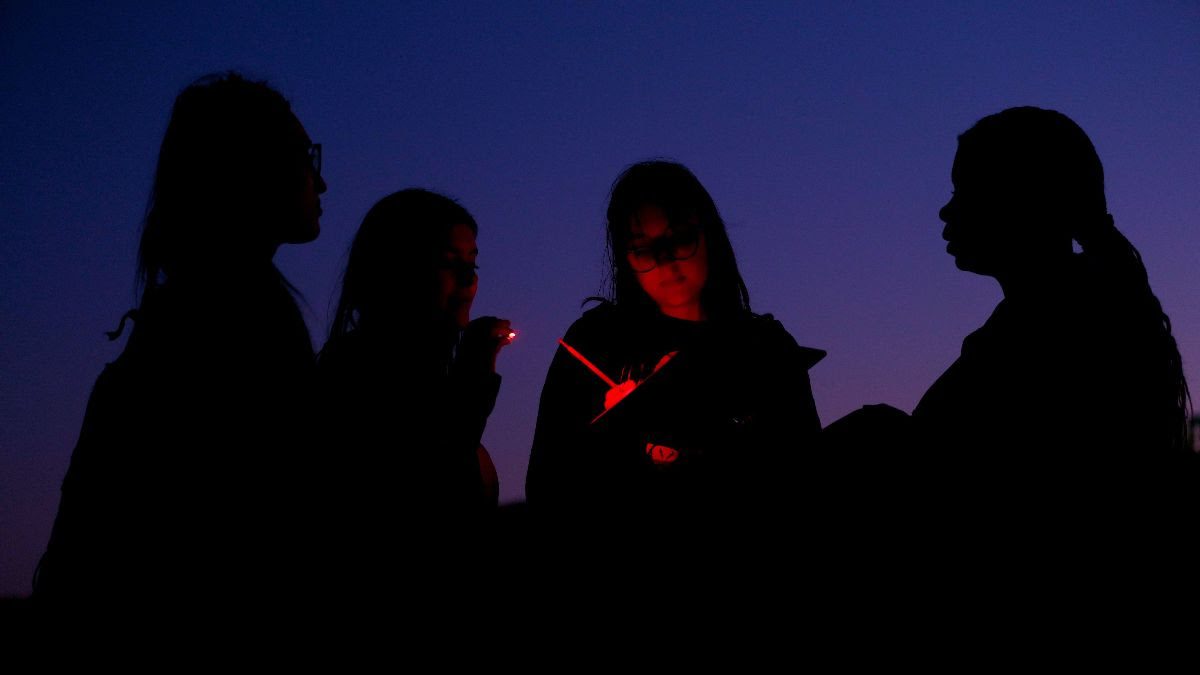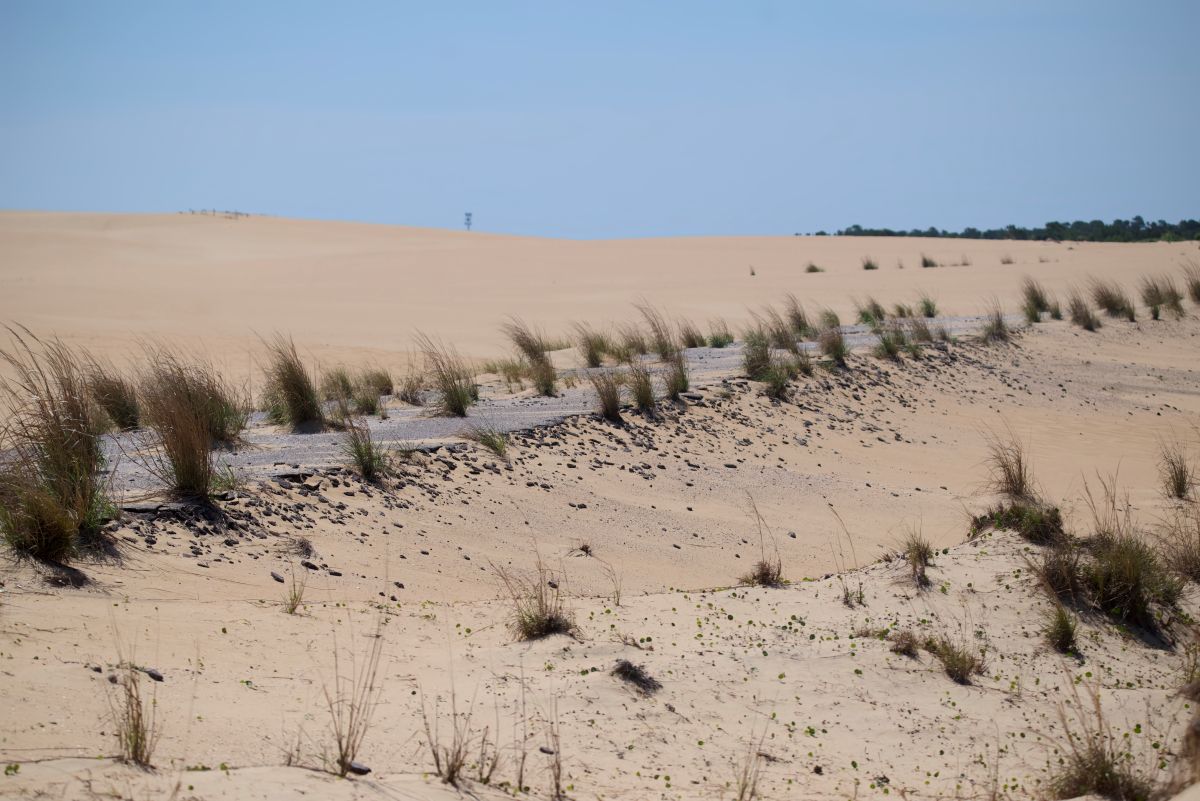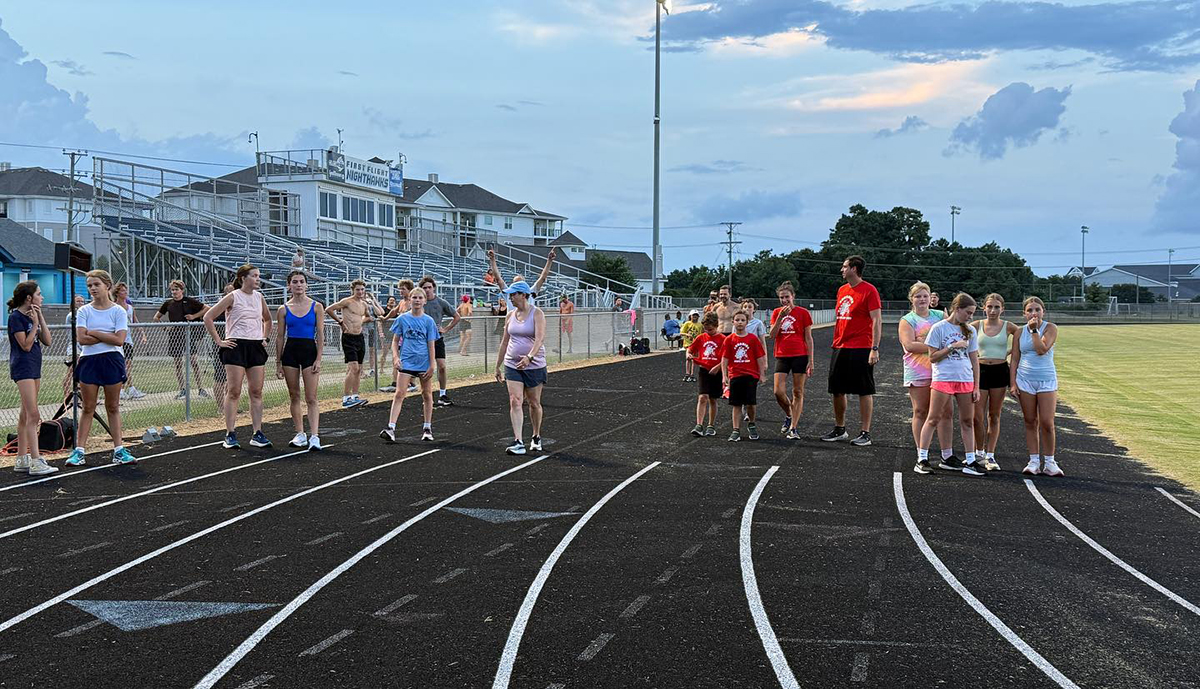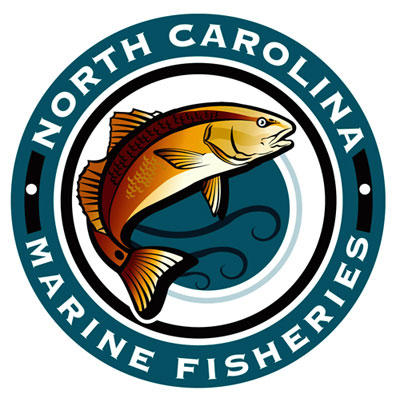
Undergraduate students at the Coastal Studies Institute on the East Carolina University Outer Banks Campus are set to share their findings on how artificial light affects sea turtles and the community.
Their presentation, “Artificial Light at Night: Public Perception, Sea Turtle Nesting, and Spatio-temporal Change in North Carolina’s Outer Banks,” is set for 6 p.m. Tuesday, Dec. 12, at the campus and should take about 90 minutes, including time for questions and discussions.
Supporter Spotlight
The presentation is the culmination of a semester-long, interdisciplinary residential learning experience at University of North Carolina Chapel Hill Institute for the Environment’s Outer Banks Field Site, hosted by the Coastal Studies Institute on the ECU Outer Banks Campus. Each fall since 2001, students spend the semester taking classes, engaging in internships with area organizations, and completing a capstone research project as a group.
This year’s capstone research addresses artificial light at night on the Outer Banks, including changes over the past nine years, what Outer Banks residents and visitors think about artificial light at night, and how changes relate to sea turtle nesting patterns.
Attendees will also have the opportunity to view posters about the students’ internship projects before the presentation and to talk with the students about their experiences during a reception afterward. Light refreshments will be provided.
“Science on the Sound” is a monthly, in-person lecture series that brings perspectives from all over the state and highlights coastal topics in northeastern North Carolina.
There is no charge for the public to attend. The program is to be livestreamed on the CSI YouTube channel.







